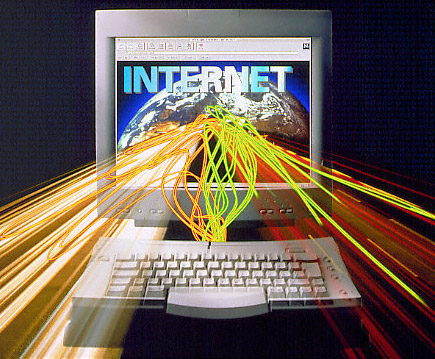Occasionally, your Internet Service Provider (ISP) may have problem ensuring you enjoy a stable and fast internet connection. While it can be very annoying, you can actually do something to help you load pages faster on slow internet connection especially when you desperately need to get online just to obtain the much-needed piece of information. Here are some tips that you might want to try.

1. Switch to OpenDNS – The DNS server provided by your ISP can be "overloaded", causing the internet connection to be slow. So, use OpenDNS (208.67.222.222 and 208.67.220.220). It’s free to be used and no software is needed. More details on OpenDNS.
2. Increase the size of your browser cache (but not too large) – If the static parts of a site (like background graphics, CSS, etc) are stored in the local cache, your browser can safely skip downloading these files when you re-visit the site in future thus improving speed. So a larger file cache would store more files offline. This is good for sites that you occasionally visit.
3. Surf during off-peak hours– Monitor your Internet speed to determine hours when you get the maximum download speed from the ISP. Maybe you can then change your surfing schedule a bit and browse more during these "off peak" hours.
4. Try the Google Transcoder service – It is available at google.com/gwt/n can split large web pages into smaller chunks that will download more quickly on your computer.
5. Use text browsers – You can use a text browser like Lynx or Elinks for even faster browsing. It downloads only the HTML version of web pages thus reducing the overall bandwidth required to render websites.
6. Adjust your browser settings – Turn off web images, the Adobe Flash plug-in, Java Applets and JavaScript from your browser settings as these files are often the bulkiest elements of any web page.
7. Do it offline – Move your web activities offline as far as possible. You can send & receive emails, write blogs and even read feeds in an offline environment before spending a short time online to do your essential tasks.
8. Check your hardware settings – This would include your modem, telephone port, etc. Read more tips on hardware optimization here.





5 Comments